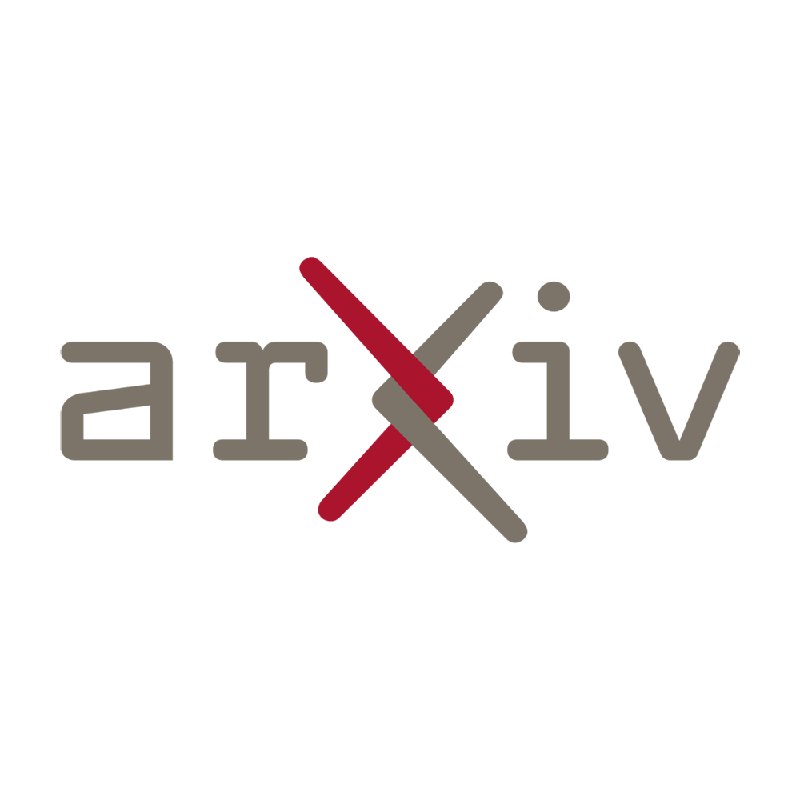tg-me.com/speechtech/2044
Last Update:
Very good ideas here, dirty data training, joint asr/tts and so on
https://arxiv.org/abs/2412.08237
TouchTTS: An Embarrassingly Simple TTS Framework that Everyone Can Touch
Xingchen Song, Mengtao Xing, Changwei Ma, Shengqiang Li, Di Wu, Binbin Zhang, Fuping Pan, Dinghao Zhou, Yuekai Zhang, Shun Lei, Zhendong Peng, Zhiyong Wu
It is well known that LLM-based systems are data-hungry. Recent LLM-based TTS works typically employ complex data processing pipelines to obtain high-quality training data. These sophisticated pipelines require excellent models at each stage (e.g., speech denoising, speech enhancement, speaker diarization, and punctuation models), which themselves demand high-quality training data and are rarely open-sourced. Even with state-of-the-art models, issues persist, such as incomplete background noise removal and misalignment between punctuation and actual speech pauses. Moreover, the stringent filtering strategies often retain only 10-30\% of the original data, significantly impeding data scaling efforts. In this work, we leverage a noise-robust audio tokenizer (S3Tokenizer) to design a simplified yet effective TTS data processing pipeline that maintains data quality while substantially reducing data acquisition costs, achieving a data retention rate of over 50\%. Beyond data scaling challenges, LLM-based TTS systems also incur higher deployment costs compared to conventional approaches. Current systems typically use LLMs solely for text-to-token generation, while requiring separate models (e.g., flow matching models) for token-to-waveform generation, which cannot be directly executed by LLM inference engines, further complicating deployment. To address these challenges, we eliminate redundant modules in both LLM and flow components, replacing the flow model backbone with an LLM architecture. Building upon this simplified flow backbone, we propose a unified architecture for both streaming and non-streaming inference, significantly reducing deployment costs. Finally, we explore the feasibility of unifying TTS and ASR tasks using the same data for training, thanks to the simplified pipeline and the S3Tokenizer that reduces the quality requirements for TTS training data.
BY Speech Technology

Share with your friend now:
tg-me.com/speechtech/2044
